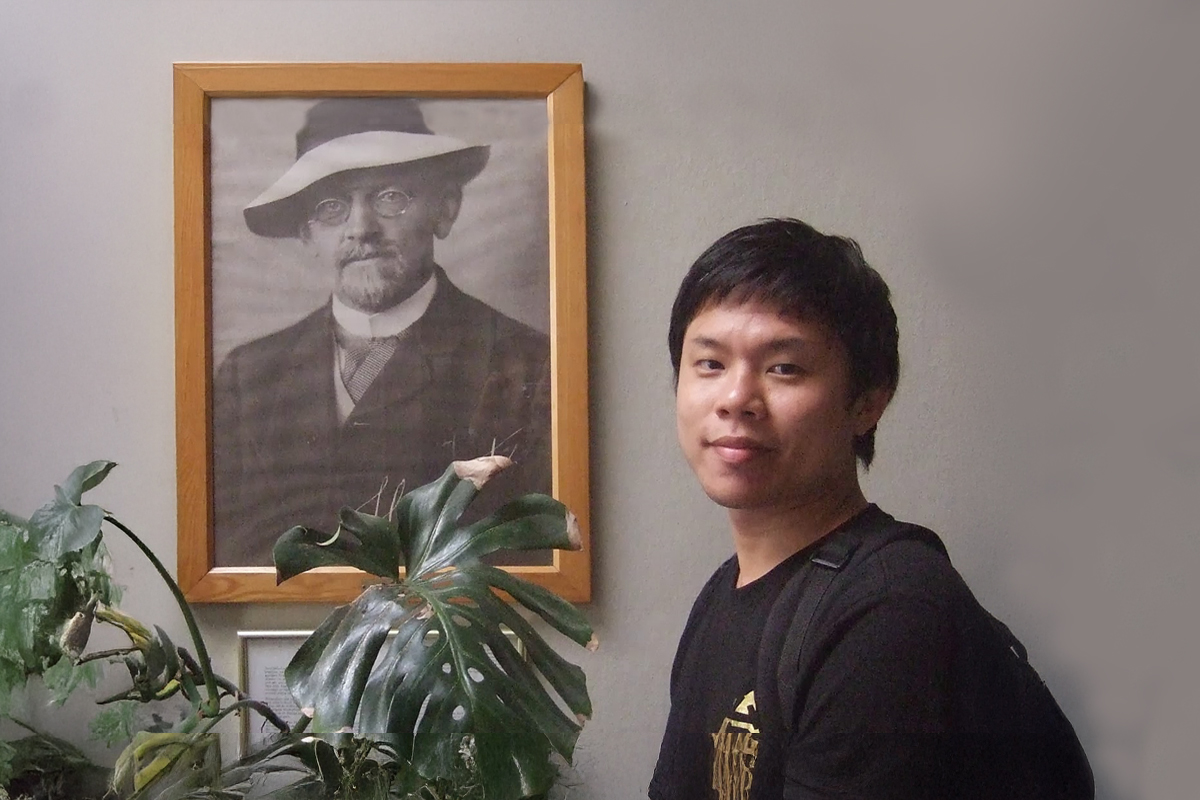核心能力
Core Competencies
| ♠ | 物理實驗能力 | 30% |
| Capability of physics experiment | ||
| ♠ | 高階物理知識 | 20% |
| High level knowledge of physics | ||
| ♠ | 溝通表達能力 | 10% |
| Capability of communication and expression | ||
| ♠ | 團隊合作能力 | 10% |
| Capability of collaboration | ||
| ♠ | 研究導向物理知識 | 10% |
| Knowledge about physics research | ||
| ♠ | 計劃組織能力 | 10% |
| capability of planning and organization |
課程描述
Course description
There are two main tracks of this lab course:
| (1) | quantum optics, and |
| (2) | quantum control. We will explore various topics in quantum founda on by performing |
| some classic single-photon experiments (quantum op cs lab), while sophis cated quantum control protocols will be implemented with Nitrogenvacancy centers and microwave sequences (quantum spin lab). |
課程計劃
Course plan
| ♠ | 1st week: introduc on and prepara on (9/4) |
| ♠ | 2nd-15th week: 14 regular lab sessions |
| ♠ | 16th week: bonus lab session (12/18) |
| ♠ | Regular lab sessions: |
| 9/11, 9/18, 9/25, 10/2, 10/9, 10/16, 10/23, 10/30, 11/6, 11/13, 11/20, 11/27, 12/4, 12/11 |
課程內容
Course content
| ♠ | quantum optics lab | |regular session |
| 1. | Lab1a | HBT experiment with a enuated laser |
| 2. | Lab2a | Photon pair source* |
| 3. | Lab3a | HBT experiment with one arm of the pair source |
| 4. | Lab4a | GRA experiment with classical and nonclassical light |
| 5. | Lab5a | Malus’ law for single photons |
| 6. | Lab6a | Single photon Michelson interferometer* |
| 7. | Lab7a | Quantum eraser* |
| ♠ | quantum spin lab | |regular session |
| 8. | Lab1b | Photoluminescence from NV-centers |
| 9. | Lab2b | Optcally detected magne c resonance |
| 10. | Lab3b | Rabi oscilla on |
| 11. | Lab4b | Relaxa on mes* |
| 12. | Lab5b | Dynamical decoupling |
| 13. | Lab6b | Single qubit opera ons and quantum state tomography |
| 14. | Lab7b | Hyperfine spectroscopy |
教學方法
Teaching method
| 1. | Essen al theore cal background of each experiment will be covered in lectures, which will be delivered |
| in the form of board work. | |
| 2. | Data analysis as well as interpreta on of experimental results are cri cal in effec ve learning of quantum |
| physics. To this end, academic wri ng and scien fic communica on will be emphasized throughout this course. | |
參考文獻
References

















